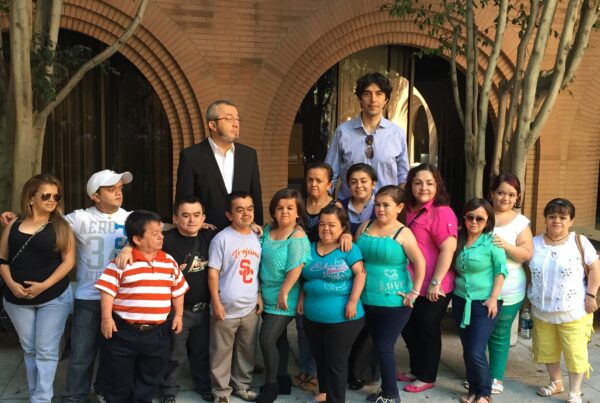
Associate Professor Susan Enguídanos
On Sunday, April 16, National Health Care Decisions Day presents an opportunity to bring up an unusual but critical conversation topic with loved ones: advance care planning and advance directives, documents specifying care preferences in case of a serious illness.
It may seem uncomfortable to bring up the serious subject of end-of-life care choices with family members. The topic can be intimidating and scary for many; according to a survey by the Conversation Project, a campaign to promote communication about death and dying, 90 percent of people say that talking with their loved ones about end-of-life care is important but only 27 percent have actually done so.
However, when a conversation is approached with thoughtfulness, preparation and love, participants likely will be grateful for the resulting clarity and reassurance that they understand a loved one’s wishes for care at end of life, says USC Leonard Davis School of Gerontology Associate Professor Susan Enguídanos.
While more than 70 percent of Americans want to die at home in a familiar, comfortable setting, only 25 percent do so, Enguídanos says. She adds that choices such as where to spend one’s last days, whether to undergo aggressive treatment or whether to be resuscitated following a medical emergency are all preferences that can be discussed in advance and can dramatically impact a patient’s quality of life, care consistency with patient preferences, and more.
An expert on palliative, hospice and end-of-life care, Enguídanos says completing an advance directive and communicating one’s choices with family members in advance has been associated with patients receiving care consistent with their preferences. According to the California Healthcare Foundation, 60 percent of people say that making sure their family is not burdened by tough decisions is “extremely important,” but 56 percent have not communicated their end-of-life wishes.
“When an individual decides and communicates what they want done well in advance of becoming incapacitated, it can help family members avoid the added stress of weighing care decisions while worrying about their loved one facing a terminal illness or another medical emergency,” Enguídanos says.
Enguídanos encourages anyone looking to start the conversation about their care preferences and end-of-life wishes to visit online resources that provide tips, examples and more, including The Conversation Project and Death Over Dinner.
“This is one of the most important conversations you’ll ever have with your loved ones,” she says. “It doesn’t have to be scary; it can be a thoughtful exchange and an ongoing conversation as health conditions change.”





